Department Simulation and Continuum Mechanics (SK)
Simulation and Continuum Mechanics is DIK‘s youngest department. Its core competence is the multiscale simulation of the material behavior of elastomers and their application in component optimization and service life predictions. Computer simulation amounts to „doing as if“. In other words, an attempt is made to replicate the real behavior of systems on the computer. Simulation offers a number of advantages over classical experiments:
- It makes it possible to already study the behavior of complex components on the computer, even before prototypes of the components have been made.
- Simulation also allows for the kind of insights into processes that cannot be obtained by means of real-life measurements. In other words, it makes it possible to „take a look inside“.
- Many experiments are extremely costly, take much too long, or are over much too quickly. For this reason, the results are hardly or only partially satisfying. Simulation helps here as well.
- Simulation methods are extremely helpful where the aim is one of testing different variants of a product - something that is particularly important in achieving optimization. In many cases, simulations are less costly than experiments and take less time to run.
It goes without saying that even the best simulations cannot completely replace experiments. They serve much more to reasonably reduce the number of trials required and can also provide attendant support for product development further down the line.
Head of department
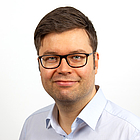
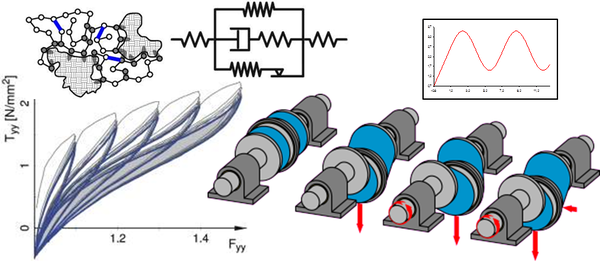
Main research topics
- Problem based material models for e.g. filled elastomers, thermoplasts, TPVs, foamed materials (under consideration of the Mullins and Payne effect, material damping and anisotropy)
- Implementation of novel material model concepts in commercial FE programs e.g. Abaqus, MSC.Marc
- Parameter identification via homogeneous and inhomogeneous load distribution
- Simulation of fatigue and ageing processes
- Material damping and anisotropy
Call for projects
- Finite-Element simulation of mechanical behavior of foamed rubber parts
Additional information can be found here.
- Characterisation and Modelling of the compression behaviour of technical elastomers
Additional information can be found here.
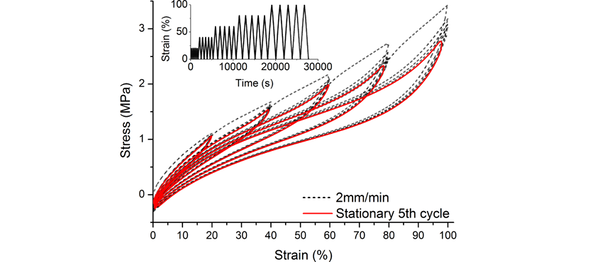
Development of FE suited material models
- Phenomenological material models for highly-stressed rubber components
- Concept of representative directions
- Continuum mechanical formulation of inelastic material behavior
- Consideration of Mullins and Payne effect
- Description of dynamical and thermomechanical coupled phenomena
- Extension of viscohyperelastic material laws
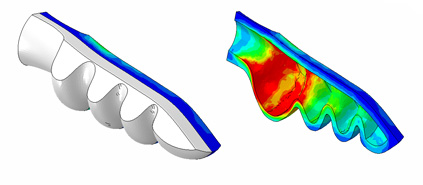
Efficient FE simulation of rubber components
- Stress-strain analysis
- Computer aided design and optimization of rubber components
- Simulation of fatigue and damage processes
- Parameter identification considering inhomogeneous loading distribution
- Solutions for the analysis of measurement results
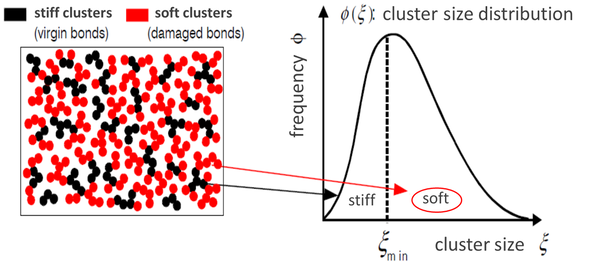
Simulation of self-organizing mechanisms in elastomer
- Detection of physical meanings of the material behavior
- Consideration of mechanical and thermal disintegration
- Implementation of the material concepts into computer aided optimization techniques
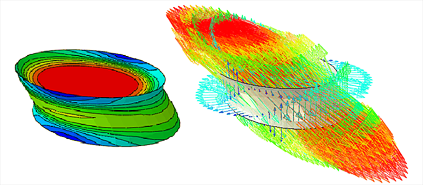
Development of new approaches for lifetime prediction of complex loaded rubber parts
- Investigation of the influence of directional modulation on the lifetime of highly-stressed rubber components
- Development of tensorial damage parameters based on multiaxial experiments
- Design and modification of lifetime-optimized geometries of highly-stressed rubber products
